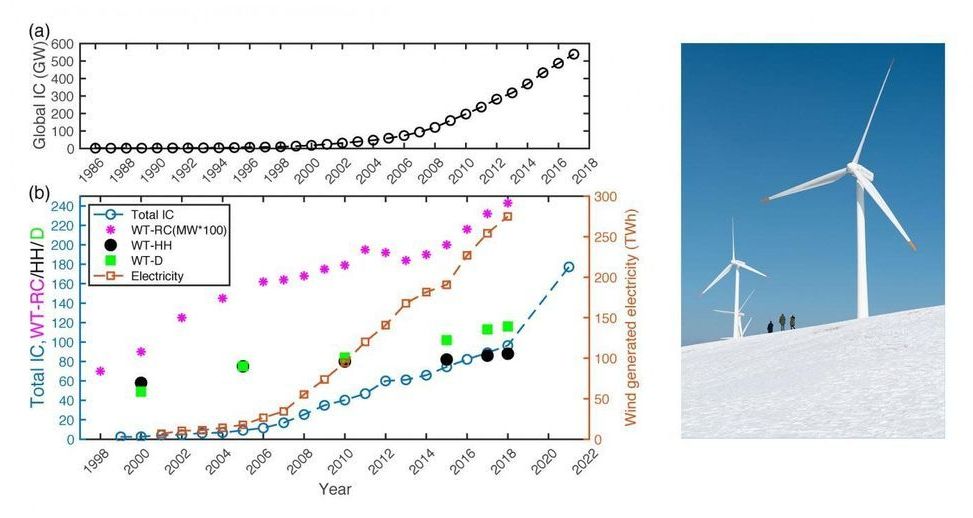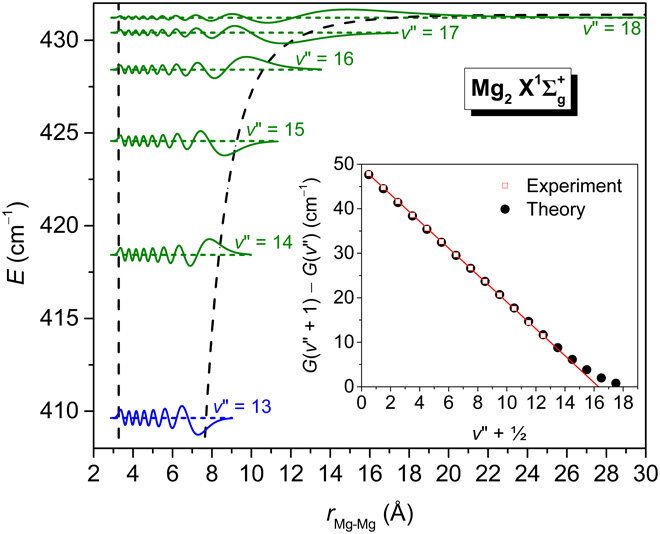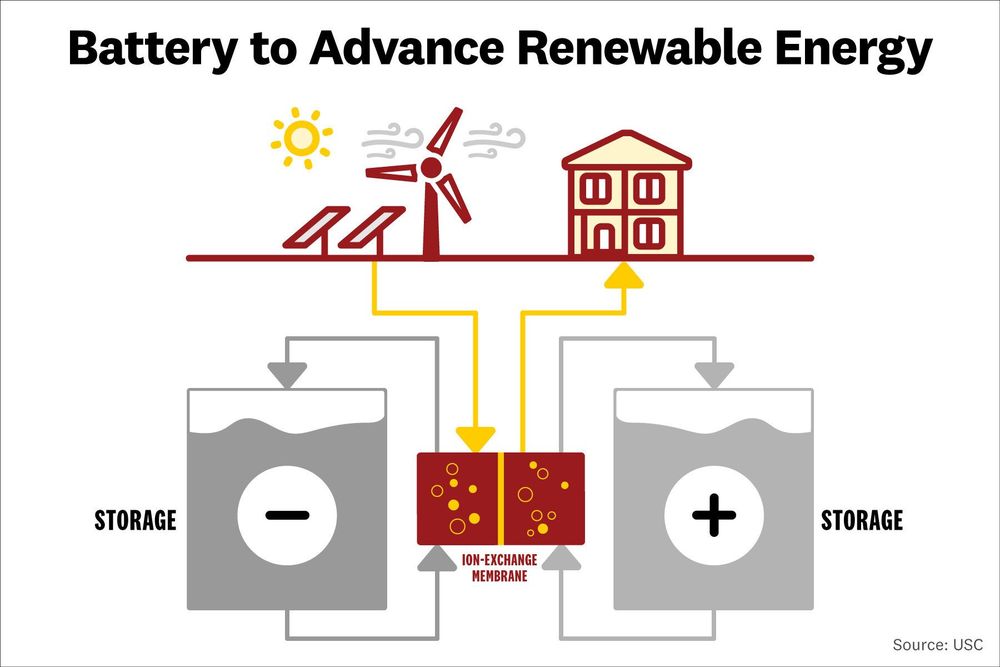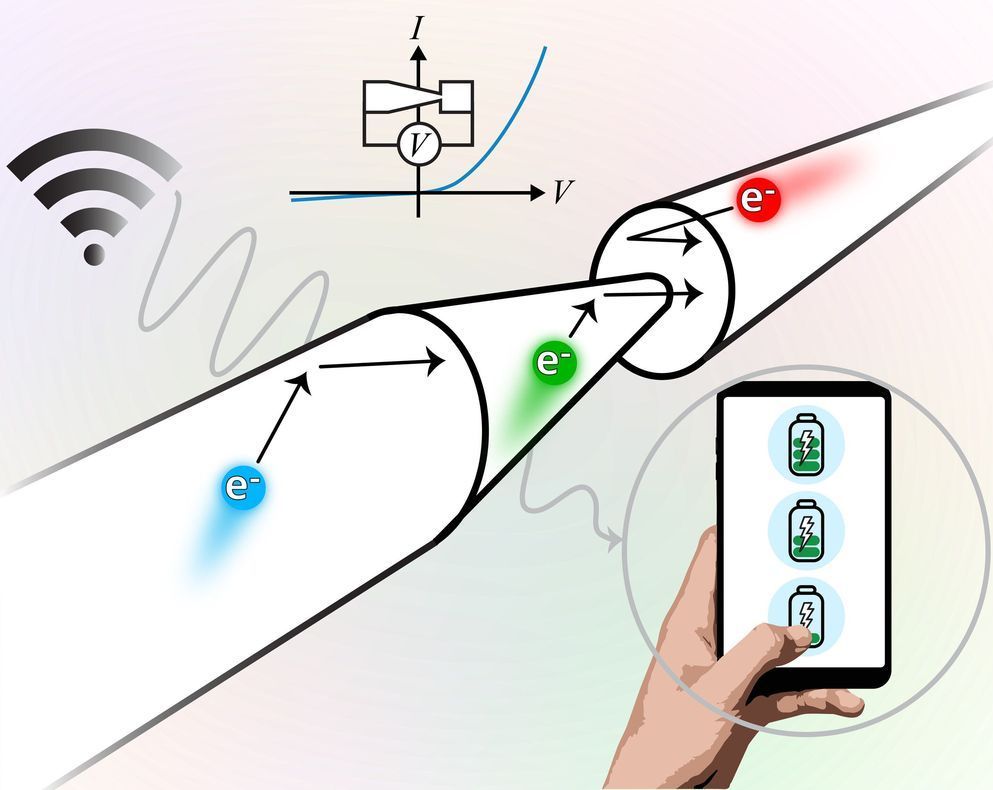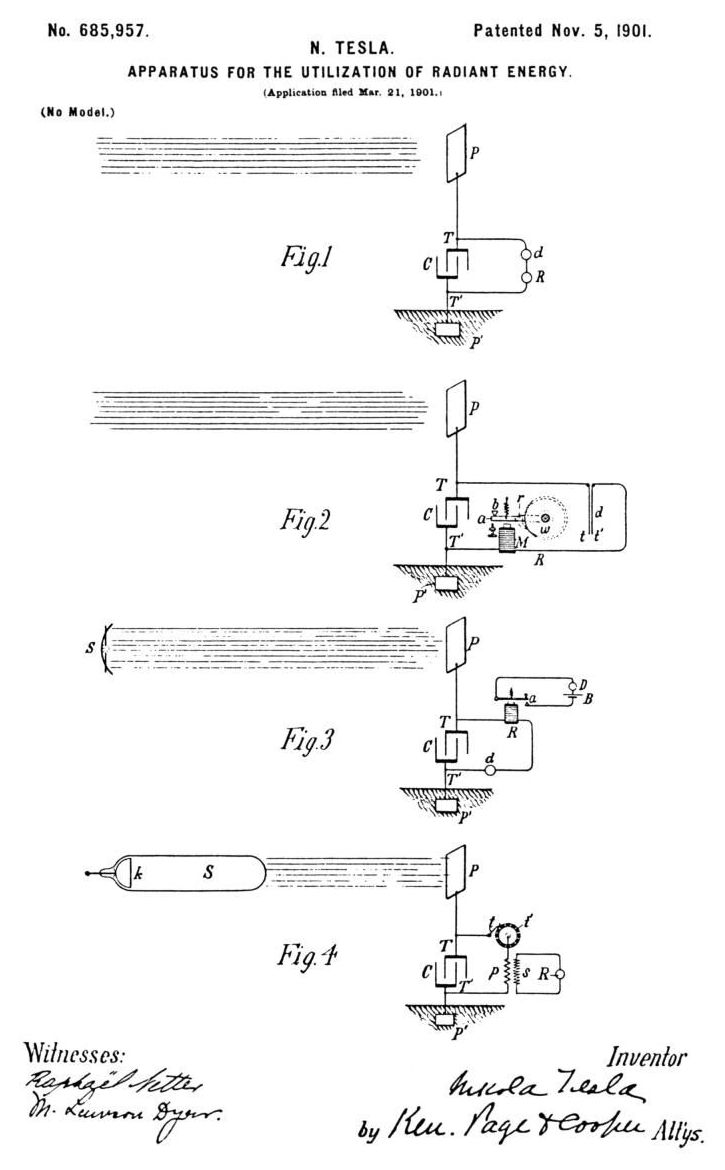Wind power surged worldwide in 2019, but will it sustain? More than 340,000 wind turbines generated over 591 gigawatts globally. In the U.S., wind powered the equivalent of 32 million homes and sustained 500 U.S. factories. What’s more, in 2019 wind power grew by 19 percent, thanks to both booming offshore and onshore projects in the U.S. and China.
A study by Cornell University researchers used supercomputers to look into the future of how to make an even bigger jump in wind power capacity in the U.S.
“This research is the first detailed study designed to develop scenarios for how wind energy can expand from the current levels of seven percent of U.S. electricity supply to achieve the 20 percent by 2030 goal outlined by the U.S. Department of Energy National Renewable Energy Laboratory (NREL) in 2014,” said study co-author Sara C. Pryor, a professor in the Department of Earth and Atmospheric Studies, Cornell University. Pryor and co-authors published the wind power study in Nature Scientific Reports, February 2020.
